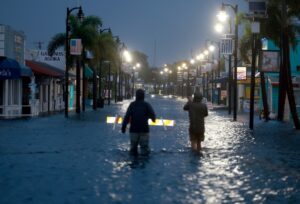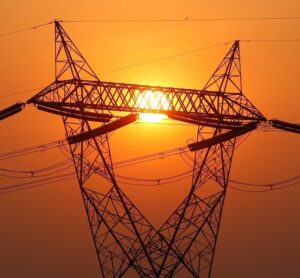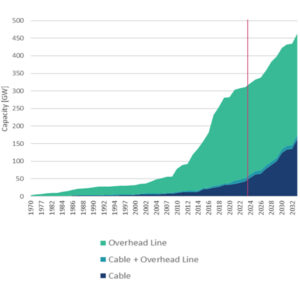September shattered global heat record — and by a record margin
Global warmth surged far above previous records in September — even further than what scientists said seemed like astonishing increases in July and August, The Post’s Scott Dance reports. The record was shattered by more than half a degree Celsius (0.9 degrees Fahrenheit), marking the largest monthly margin ever observed.












